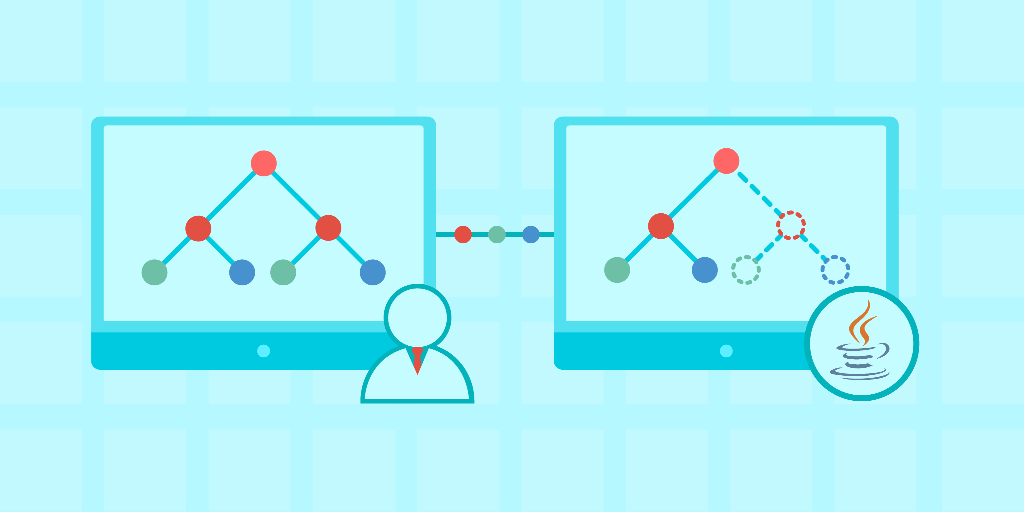
Introduction
Dynamic programming (DP) shows up in many technical interviews for software engineers. “Grokking Dynamic Programming Interview – AI-Powered Course” promises a practical, pattern-driven path to mastering DP problems with input from FAANG engineers and modern AI assistance. This review evaluates the course objectively across design, content, real-world usefulness, and value-for-money to help you decide whether it’s worth your time and investment.
Product Overview
Product: Grokking Dynamic Programming Interview – AI-Powered Course
Manufacturer / Creator: Grokking (course material developed by FAANG engineers)
Category: Online technical interview preparation course / e-learning
Intended use: To teach dynamic programming strategies and patterns, provide practice problems and solutions, and prepare software engineers for DP interview questions.
The course is positioned for software engineers preparing for technical interviews (particularly mid to senior-level candidates targeting FAANG-style interviews), students who want to level up algorithmic problem solving, and self-learners who benefit from practice-driven, pattern-based teaching.
Appearance, Interface, and Design
As a digital product, physical materials are not applicable. The course’s aesthetic and UX are instead defined by its web/mobile interface:
- Visual design: clean, modern layout with readable typography, neutral color palette, and high-contrast code blocks to focus attention on algorithms and diagrams.
- Content structure: modular — lessons, pattern explanations, worked examples, practice problems, and AI-powered feedback panels are clearly separated.
- Diagrams & visual aids: consistent use of state-transition diagrams, tables, and animations that make DP state evolution easier to follow.
- Interactive elements: in-browser code editors, test-case runners, and a hint/solution toggle provide hands-on practice without leaving the course page.
- AI features: a conversational assistant or automated feedback tool is integrated within the lesson/problem pages to answer queries, suggest next steps, or point out mistakes in submissions.
Unique design elements include the “pattern library” UI (quickly browse and compare DP patterns), animated state visualizers, and an integrated AI hint system that adapts its suggestions based on your recent submissions.
Key Features & Specifications
- Curriculum designed and reviewed by FAANG engineers with a focus on interview-relevant DP problems.
- Pattern-based approach: categorizes DP problems into recurring templates (e.g., knapsack variants, interval DP, LIS-style DP, tree DP).
- Step-by-step worked solutions with multiple viewpoints (top-down, bottom-up, memoization vs tabulation).
- AI-powered assistant for hints, feedback on code submissions, and guided walkthroughs of wrong answers.
- Interactive coding environment with support for common languages (Python, Java, C++, etc.).
- Visualizers for DP state tables and transition graphs, plus animated walkthroughs of sample inputs.
- Practice problem sets with progressive difficulty, curated mock interview sequences, and timed tests.
- Progress tracking, pattern mastery metrics, and recommendations for targeted practice.
- Community features (forums/leaderboards) and occasional live Q&A/webinars (availability depends on offering).
Experience Using the Course
I evaluated the course across several common scenarios: absolute beginner to DP, intermediate preparation for interviews, focused timed mock interviews, and quick refresh before interviews.
Beginner / First exposure to DP
The pattern-first approach helps reduce the intimidation factor. Visualizers and simple worked examples accelerate intuition about state definition and recurrence relations. However, absolute beginners unfamiliar with recursion, memoization, or basic complexity analysis will still need to supplement the course with foundational materials.
Intermediate learners preparing for interviews
This is where the course shines. The curated problem sets, FAANG-style questions, and AI hints that point you to the next step without spoiling full solutions are highly effective. The pattern library makes it easier to categorize new problems and recall applicable strategies during timed practice.
Timed mock interviews and pressure practice
The built-in timed modes and mock interview sequences simulate interview pressure well. The platform records submissions and can provide automated feedback. For full fidelity, pairing with real interviewers for behavioral and whiteboard practice is still recommended.
Quick refresh before an interview
The pattern summaries, cheat-sheets, and short refresher videos are efficient: you can cover crucial patterns and reminders in a few focused sessions. The AI assistant can also supply quick clarifications on demand.
Mobile and offline usability
The site is responsive on mobile, and you can review theory and watch videos on the go. Offline capability and downloadable problem sets vary by provider plan—expect limited offline features unless explicitly offered.
Pros
- Course material developed and reviewed by FAANG engineers — practical, interview-focused content.
- Pattern-based teaching reduces complexity and improves recall during interviews.
- AI-powered hints and feedback accelerate learning and help locate conceptual gaps quickly.
- Interactive visualizers and step-by-step explanations improve intuition for DP state transitions.
- Structured practice paths and mock interview modes make review efficient and goal-oriented.
- Supports multiple programming languages and includes in-browser coding for convenience.
Cons
- AI assistance is helpful but not flawless — it can occasionally give misleading hints or overly generic feedback that require human judgment.
- Assumes some prior programming and algorithmic background; absolute beginners may feel left behind without extra resources.
- Some advanced DP variants and theoretical depth (proof techniques, formal complexity lower bounds) are treated practically rather than academically.
- Potential cost/subscription model (if applicable) may be higher than free resources; value depends on how intensively you use the platform.
- Limited personalized mentorship — live coaching or one-on-one mock interviews may not be included in the base offering.
Conclusion
Overall impression: “Grokking Dynamic Programming Interview – AI-Powered Course” is a well-designed, practical course that targets the core needs of engineers preparing for DP interview questions. Its greatest strengths are the pattern-based pedagogy, FAANG-informed problem selection, interactive visualizations, and AI-driven guidance that speeds up iteration on mistakes. For intermediate learners and interview candidates who want structured, practice-heavy preparation, the course is likely to be a worthwhile investment.
Caveats: If you are an absolute beginner in algorithms or prefer deep theoretical treatments, you should pair this course with foundational algorithm resources. Also weigh the subscription cost against how intensively you plan to use the platform and whether you need live coaching beyond automated feedback.
Final verdict: Recommended for motivated interview candidates and engineers seeking targeted DP practice — especially those preparing for FAANG-style interviews. With reasonable time commitment and complementary foundational study (if needed), the course can significantly improve problem solving speed and pattern recognition under interview conditions.






Leave a Reply